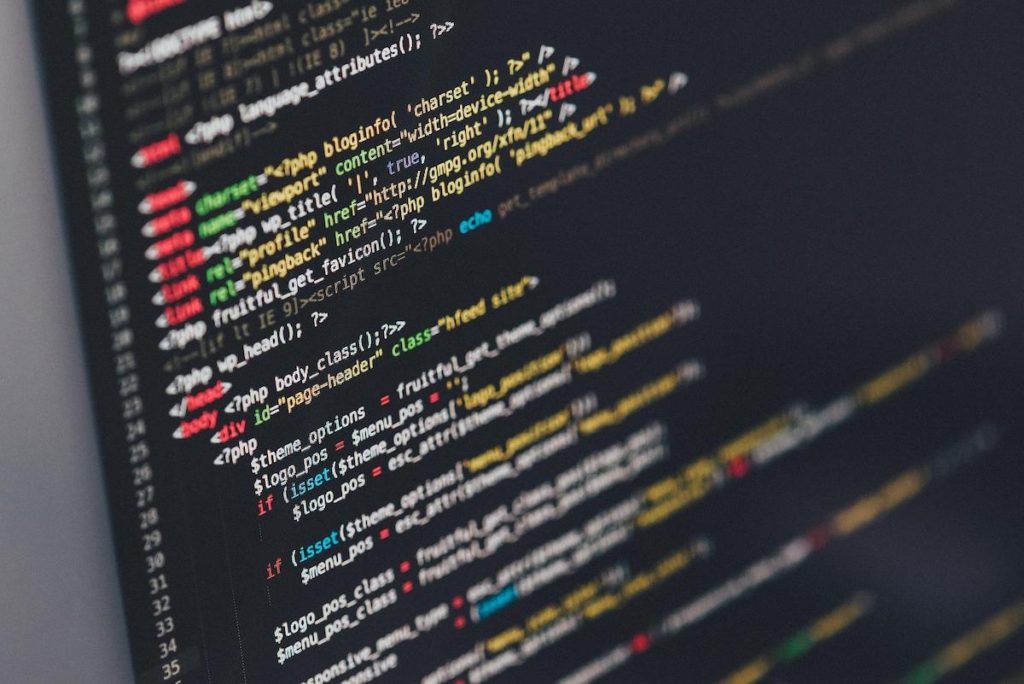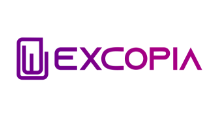Since the invention of the Internet, copyright theft has been a persistent problem for artists.
Being fairly compensated for one’s work is a constant battle, from film and music torrenting portals to stock photography websites.
With that said, the unique properties of non-fungible tokens (NFTs) present a new and exciting opportunity for artists to both protect and monetize their work.
Doing so, however, requires using new and intimidating technology. In particular, connecting traditional websites with smart contracts and the blockchain creates an NFT marketplace.
So, in today’s article, we’ll discuss the five steps involved in the NFT marketplace development process.
#1 – Choosing a Blockchain
As you may or may not know, NFTs have more in common with cryptocurrency tokens than they do digital art. The underlying technology that makes NFTs truly “one of a kind” is based on (and highly similar to) the technology that underlies crypto.
Because of that, NFTs quite literally “live” on the blockchain. Further, each blockchain has its Pros and Cons.
In general, most of today’s top NFT projects are hosted on the Ethereum blockchain – where the first NFT projects were launched in the late 2010s.
The pros of using Ethereum are that it’s well known amongst NFTs aficionados, highly secure, and decentralized (a common tenant of Web3 projects). The cons are that the fees involved in making transactions on Ethereum – including the purchase and sales of NFTs – can be prohibitive (ranging from $20 to thousands of dollars for one single transaction).
Because of those high fees, various competing chains have emerged as players in the NFT marketplace development process. The most popular is Solana, which has dramatically lower fees than Ethereum but also suffers from its own set of problems.
#2 – Deploying the Marketplace
Once you’ve decided which chain you want to deploy your collection on, the next step in the NFT marketplace development process is to launch your marketplace.
There are a variety of strategies for doing this.
On the one hand, artists can work with developers to custom code a marketplace from scratch. Doing so involves building a website and integrating that website with the smart contracts required to interact with your blockchain of choice.

In the early days of NFTs, custom-coding a marketplace from the ground up was the only option. Mainly because the technology was so new, there simply weren’t any templatized / white label solutions on the market.
Fast forward to today, and the explosive growth of NFTs has resulted in many companies releasing White Label NFT Marketplace services.
Similar to WordPress and Shopify, these services allow NFT sellers to rapidly deploy an NFT marketplace with minimal (if any) custom programming involved.
However, as anyone who’s built a website on WordPress or Shopify knows, using a white label solution means working within the parameters offered by the service provider. In general, this means you’ll have less control over the marketplace’s user interface and graphic design.
Utilizing a white label solution will also be less expensive than custom-coding a marketplace from the ground up. Because of that, white label solutions are an excellent option for anyone dipping their toes into the world of NFTs for the first time.
#3 – Adding Bonus Media
Many artists don’t know about NFTs and the NFT marketplace development process because unlike a JPEG or PNG file – an NFT can contain a variety of media. In particular, it can contain text files, videos, audio, GIFs, QR codes, scannable barcodes and more.
This represents a massive opportunity for artists to include Value Added extras in the NFT purchase.
For example, an artist could include a pre-recorded “Thank You” video the NFT buyer can only access after making their purchase.
Along the same lines, the NFT could contain a secret password to grant them access to a live “Meet and Greet” with the artist. In short, the options are limitless. If it can be hosted online, odds are it can be included in the NFT.
Further, it should be emphasized these bonuses are only available to the owner of the NFT. And since NFTs can be swapped and traded, any bonuses included would be transferred to the new owner if the previous owner sells their NFT on a primary or secondary marketplace.
#4 – Configuring Rarity
If you’re familiar with PFP collections like the Bored Ape Yacht Club, you know not all NFTs are created equal.
Instead, certain NFTs within a collection (assuming you’re launching a collection) can be labeled as more “rare” than the others.
Similar to one-of-a-kind items and luxury collections, the market usually interprets these NFTs as having a higher value than NFTs with less rare / more common traits.
Because of that, savvy artists launching a collection will want to make sure a subset of their NFTs does, in fact, have rare traits.
However, there’s a difference between labeling something as rare and being rare in a desirable way. So, if you’re going to go this route, make sure the art – or certain characteristics of the rare NFTs – are more visually appealing, attractive, or interesting relative to the rest of the collection.
#5 – Finalize the NFTs for Launch
The most exciting part of the NFT marketplace development process is taking your virtual store live and making your first sale.
Before this can happen, you’ll need to set the price of your NFTs.
However, you won’t be setting the price in dollars, euros or your local currency. Instead, you’ll set the price in the cryptocurrency native to whatever blockchain you choose for launching your collection.
For example, if you’re launching on the Avalanche chain, you’ll price your NFTs in Avalanche tokens (e.g., 2 AVAX). The same goes for launching an NFT for 10 SOL on the Solana blockchain.
That said, figuring out how many US dollars you’ll earn for your NFT sales is quite simple. For example, if you want to earn $1,000 for your NFT, you would take 1,000 and divide it by the price of the token your chain uses.
If your token’s chain is $50, you would charge 20 XYZ tokens for your NFT (given $50 x 20 = $1,000).
NFT Marketplace Development: Promoting Your Marketplace
From there, it’s time to open your marketplace to the public and begin promoting it.
On the one hand, there are many NFT-specific marketing strategies. Examples include partnerships with NFT influencers on Twitter, participating in NFT-oriented Discord communities, etc.
On the other hand, marketing is marketing.
- You’ll need to get exposure for your art/collection
- You’ll need some kind of way to follow up with interested consumers (social media, email, etc.)You’ll need to stay in front of people (nurture them) until they finally make a purchase
If you know anything about digital marketing, you know the options for executing the above process are virtually limitless.
Develop Your NFT Marketplace with Excopia
The NFT marketplace development process is both exciting and intimidating.
Because NFTs – and the underlying technology behind them – are so new, odds are you’ll have to pass through a serious learning curve your first time around.
By following the five steps above, you should have a clear roadmap for developing your NFT marketplace.
Looking to launch your own NFT Marketplace? Contact us to learn more about Excopia’s proven white label solutions!

